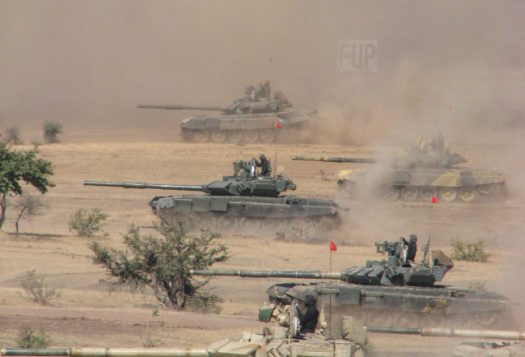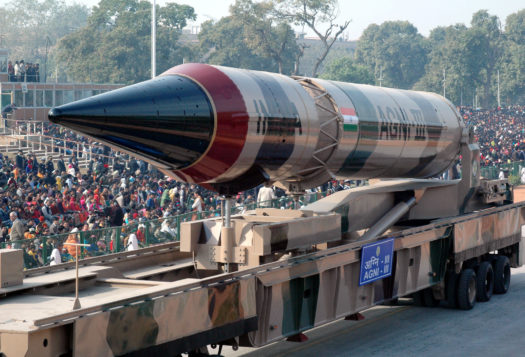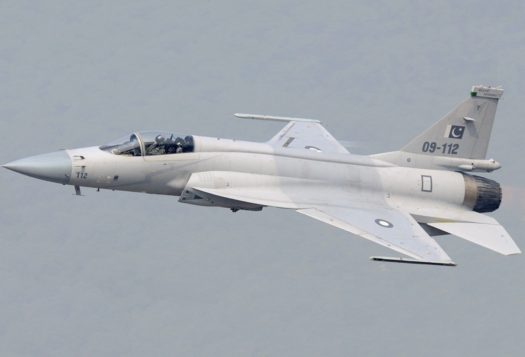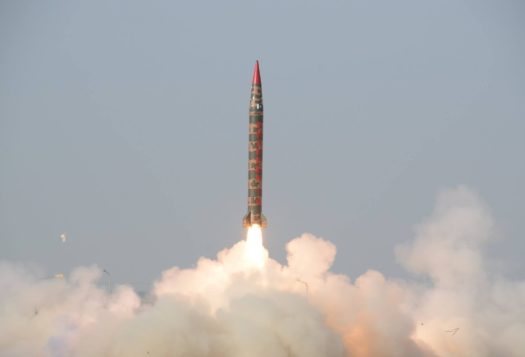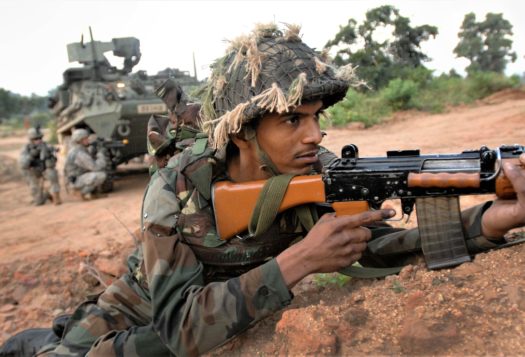
Ten years after the 26/11 attacks stunned Mumbai and nearly led to a military confrontation between India and Pakistan, the nuclear-armed rivals continue to update and transform their conventional and nuclear military doctrines, postures, and strategies. The past few years, in particular, have seen a range of developments, including speculation that India’s no-first use doctrine may be changing, India’s use of “surgical strikes” in Pakistan-administered Kashmir, a ten-year high in ceasefire violations along the Line of Control, the testing of missiles such as Pakistan’s Nasr and India’s Agni-V, and increasingly aggressive rhetoric from both Indian and Pakistani policymakers and militarily officials. In light of these developments, SAV contributors Joy Mitra, Ali Ahmed, Maimuna Ashraf, and Sannia Abdullah reevaluate whether India and Pakistan are exhibiting strategic direction or drift.
